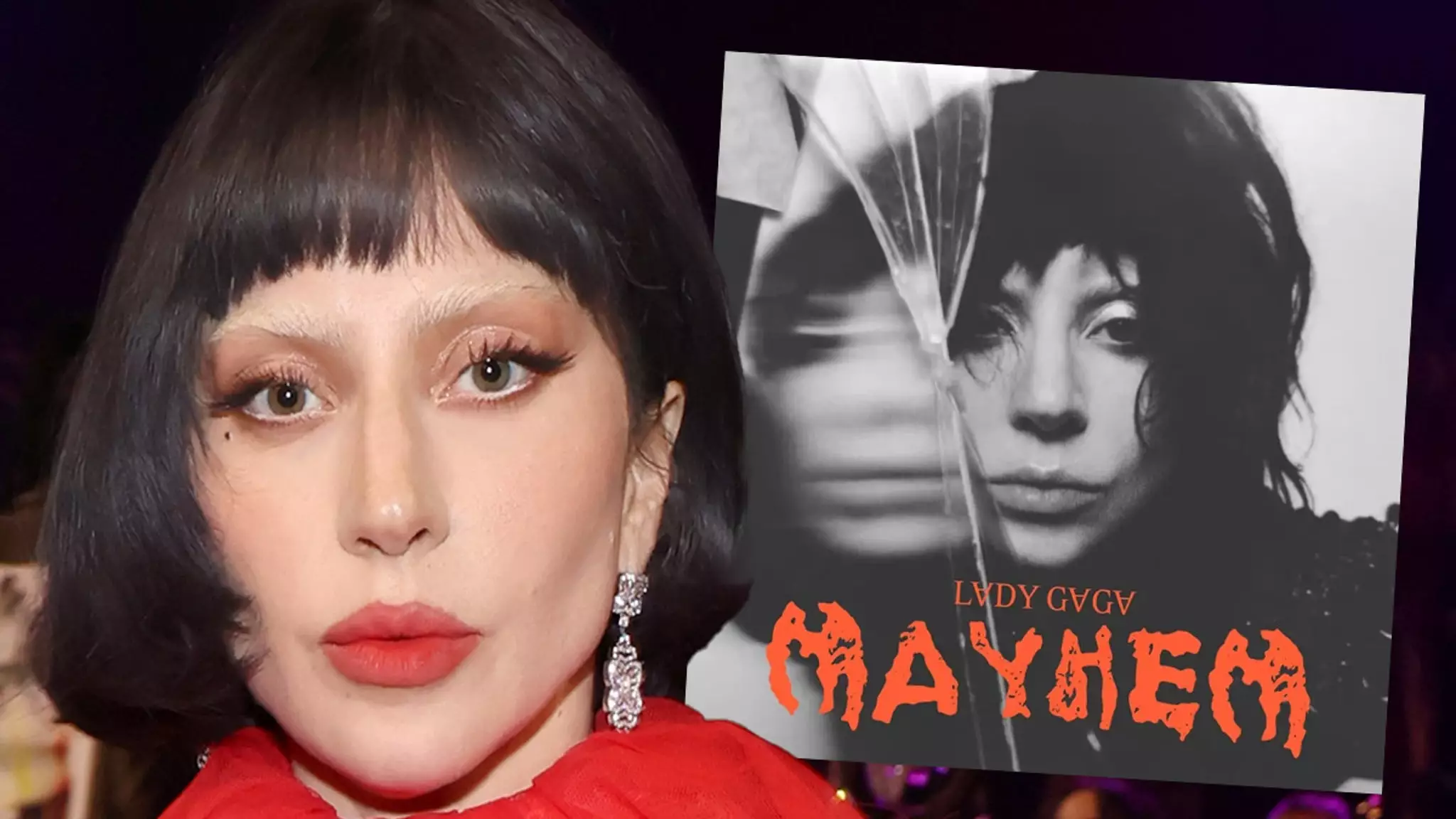In a striking turn of events, pop icon Lady Gaga finds herself embroiled in a legal dispute with surfboard brand Lost International over alleged trademark infringement. The surf company is leveling accusations that Gaga appropriated their trademarked logo for her latest album, “Mayhem,” claiming that her design closely resembles its own. This confrontation not only highlights the complex interplay between artistry and intellectual property but also raises questions about originality in the creative sphere.
Identical Designs or Mere Coincidence?
At the crux of Lost International’s claims is the assertion that they have been utilizing a stylized version of the “Mayhem” branding on their merchandise for over a decade. Their statement indicates a deep-seated grievance, arguing that Gaga’s album artwork borrows heavily from their established design. The juxtaposition of both logos clearly reveals striking similarities, prompting scrutiny from fans and industry insiders alike. However, the question remains: Is this a case of genuine misappropriation, or an instance of two creative entities coincidentally drawing from the same well of inspiration? In a world rife with repetitive themes and concepts, identifying true originality can be perplexing.
Legal Ramifications and Industry Impact
Lost International has made it clear that they are not taking this issue lightly. Their lawsuit seeks not only an injunction to halt Gaga’s use of the logo but also financial restitution for profits generated from it. This move is significant; it signals a commitment to protect their brand identity against high-profile figures who may inadvertently overshadow smaller businesses. The incident presents a vivid example of the precarious nature of trademark law, especially within the creative arts, where the line between homage and infringement can become blurred.
Cultural Commentary on Art and Rights
This legal battle opens up broader discussions about the rights of artists, especially in an industry that often thrives on influence and inspiration. Gaga, known for her bold artistic statements, may find this situation difficult to navigate, as the lawsuit directly challenges her role both as an innovator and as a brand. Whether or not she is in the wrong, the lawsuit sparks dialogue about the ethical implications of borrowing elements from existing works. It forces us to confront how often we inadvertently tread on the intellectual property of others in a quest to create something new.
The Ripple Effect Beyond the Courtroom
Regardless of the lawsuit’s outcome, the implications are widespread. For Lost International, this is an opportunity to assert their brand’s integrity; for Gaga, a chance to reaffirm her identity as a trailblazer—assuming she can disentangle herself from this predicament. Furthermore, this incident could serve as a beacon for other smaller brands that feel overshadowed by celebrity culture, encouraging them to stand up for their rights. As the industry moves forward, it remains essential for all creators to remain vigilant about their intellectual property, while also navigating the fine line between inspiration and imitation.

